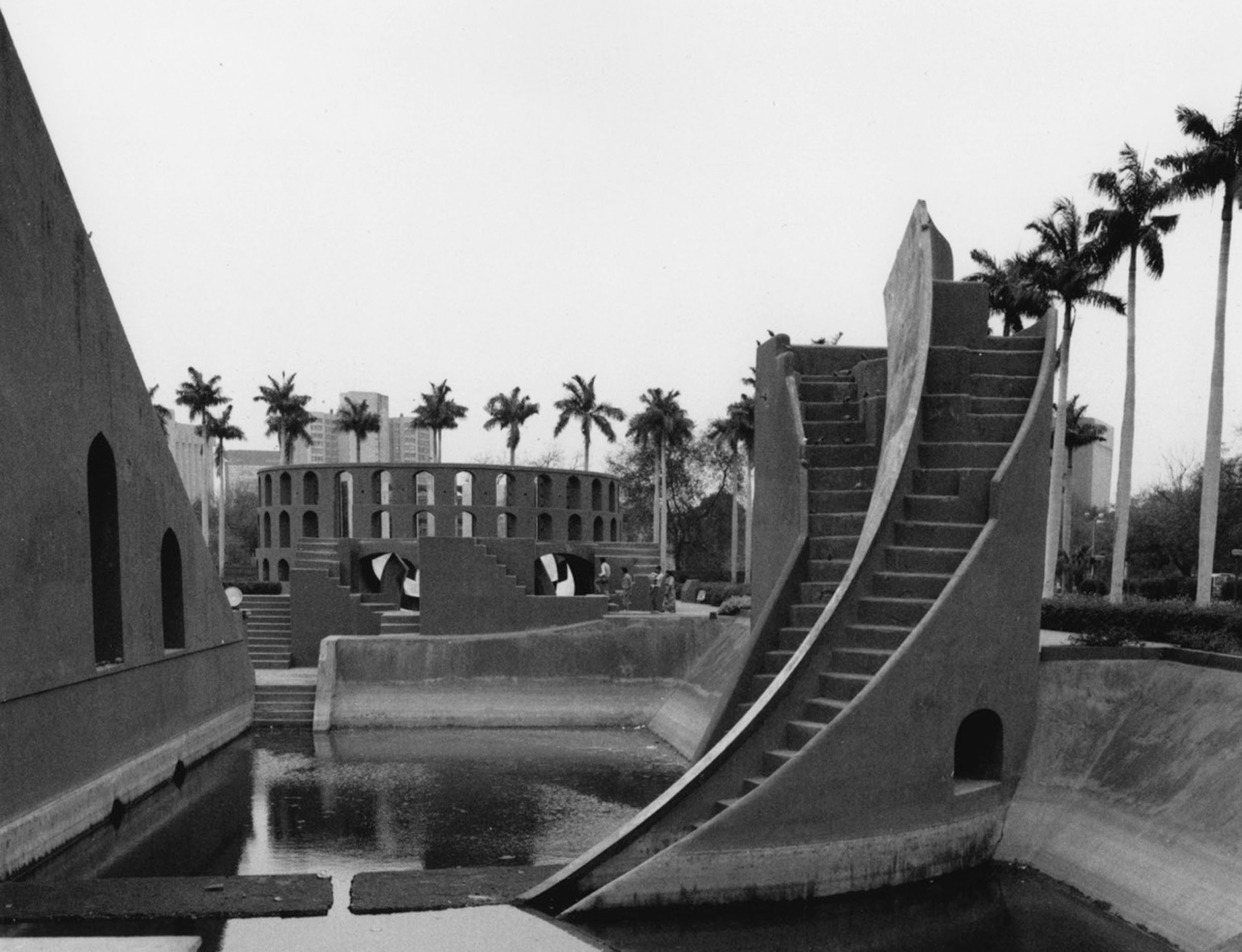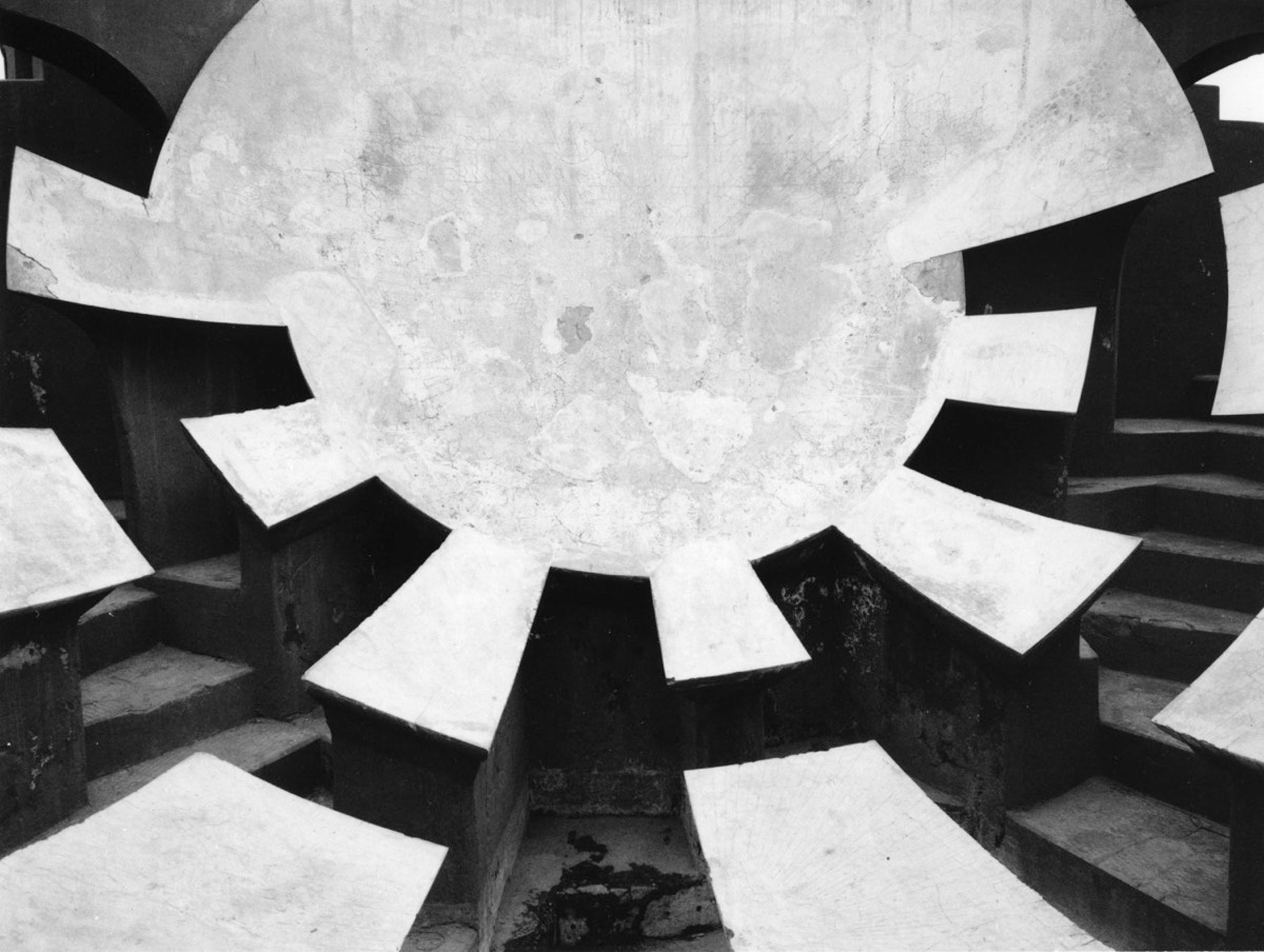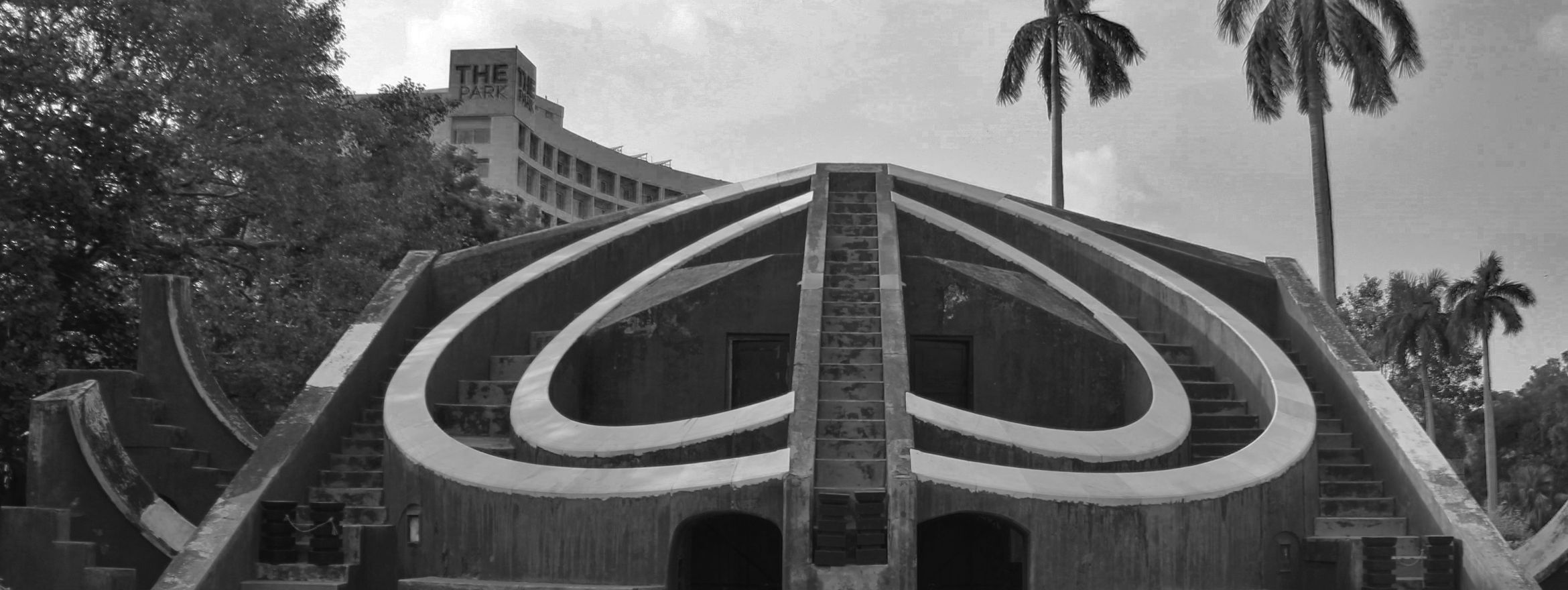Specialist Picks • 12 Feb 2020
Jantar Mantar
Join us every Wednesday as we survey the horological landscape around the world. From museums in Switzerland to sundials in India, we’ll be drawing attention to locations that ought to be on every horologists list of places to visit. View all entries here.
Location: Jaipur, India
While Jaipur, India may be best known for the manufacture of jewellery and luxury textiles, it is also home to a horological gem. In the heart of the Pink City is Jantar Mantar, a collection of observatories dating back to the early 1700s. Beginning in 1724, Maharajah Sawaii Jai Singh II of Jaipur constructed five astronomical observatories in north India, with the Jaipur observatory being the most elaborate. Together, these observatories helped Jai Singh II to more accurately calculate and determine the positions of the Sun, Moon, stars, and planets. As a result, he formed a set of astronomical tables that were used in India for roughly a century.

What is most striking about the astronomical instruments of Jantar Mantar is their large scale and intricacy. Jantar Mantar is home to the world’s largest stone sundial, the Samrat Yantra or “Supreme Instrument,” which stands an astounding 27 meters tall. In addition to its enormous proportion, the Samrat Yantra was able to measure time with unprecedented precision. Its shadow moves at the rate of approximately 1mm per second and boasts an accuracy of two seconds. The most complex of the instruments is the Jai Prakash, a hemispherical dial that tracks the sun’s movement. Although similar instruments appeared in the Middle Ages and late thirteenth century, the Jai Prakash is more versatile than its predecessors.

Unlike most astronomical instruments at the time that were made of brass, Jai Singh II built the structures of Jantar Mantar from local stone and marble. His intention was to create instruments that would become permanent fixtures of the town, and he did just that. Nearly 300 years later, Jantar Mantar continues to be one of the most captivating historical, architectural, and horological destinations in the world. Jantar Mantar is open daily from 9:00am to 4:30pm with a variety of low-cost admission tickets available.
Located at: Gangori Bazaar, J.D.A. Market, Pink City, Jaipur, Rajasthan 302002, India
Opening Hours: Open daily from 9:00am to 4:30pm
Additional information:

“I first saw the Jantar Mantar in 1989 while in Delhi waiting for permission to photograph ancient temple sites across India. In Delhi I was just a tourist, carrying a lightweight medium format camera with black and white film and no tripod. Nothing could have prepared me for the experience that followed as I entered through a low archway into the observatory compound. As a photographer, this first encounter was wordlessly visual and profound. The precise geometry and unusual size of the Jantar Mantar structures was arresting, and I sensed in them a body of knowledge that I could feel but not comprehend.” -Barry Perlus










